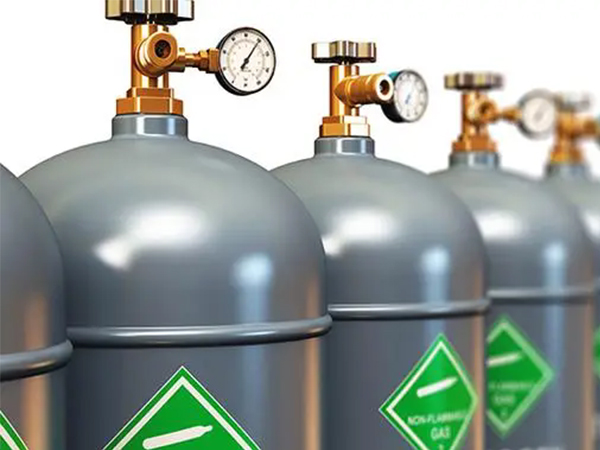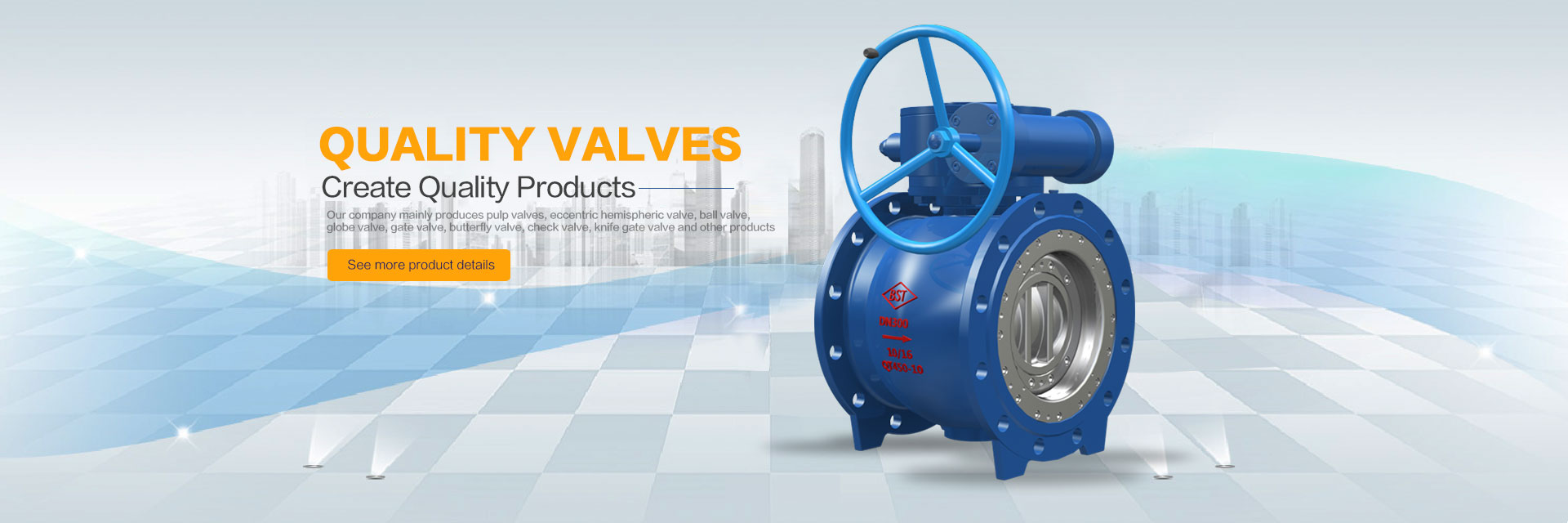What is the principle of nitrogen shielding gas

Nitrogen gas is a common protective gas, mainly used in metal welding, cutting, smelting and other industries. Its principle is to use the inert and non-combustible characteristics of nitrogen to prevent oxygen and other gases from entering the gas environment, so as to achieve the purpose of protecting the metal.
The principle of nitrogen protection gas can be explained from the following aspects:
1. Nitrogen is inert.
There are triple bonds between the nitrogen atoms in the nitrogen molecule, which makes the nitrogen molecule very stable. This stable state makes nitrogen less likely to react with other molecules and exhibit inertness. In the welding process, due to the need to melt the welding material through high temperature, which will produce a large number of high temperature gas and steam, in this environment, nitrogen can play a role in isolating the air, prevent the melting of the metal and the surrounding oxygen reaction, thereby reducing the occurrence of oxidation reaction, prevent metal oxidation.
2. Nitrogen prevents air from entering.
Nitrogen shielding gas prevents air and other gases from entering the welding, cutting and smelting environment by creating an inert atmosphere. This is achieved by using nitrogen, which has a higher density. The density of nitrogen is about 1.2506g/L, much higher than the density of air (about 1.2g/L). In the process of welding, cutting or smelting, nitrogen can be injected around the welding material or in the working environment to form a nitrogen protective gas layer, so as to block the entry of outside air. This further improves the quality of metal welding, cutting and smelting.
3. Nitrogen cooling effect.
In some cases, a large amount of heat is generated during welding, cutting or smelting, which is easy to cool the metal quickly, resulting in a decline in the quality of the metal. However, nitrogen has good cooling performance, in the welding, cutting or smelting process, you can spray or inject nitrogen around the heat source to quickly take away the heat, so as to avoid the rapid cooling of the metal, to achieve the purpose of protecting the metal.
In summary, the principle of nitrogen protection gas mainly includes the inertia of nitrogen, blocking air entry and the cooling effect of nitrogen. By using these characteristics, nitrogen can effectively protect metal materials in the process of metal welding, cutting and smelting, reduce the occurrence of oxidation reactions, and improve the quality of welding, cutting and smelting, so as to achieve the purpose of protecting metal.









